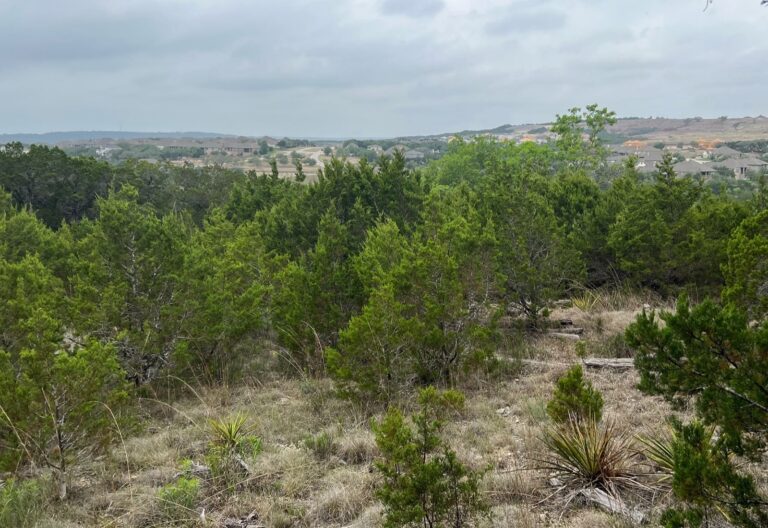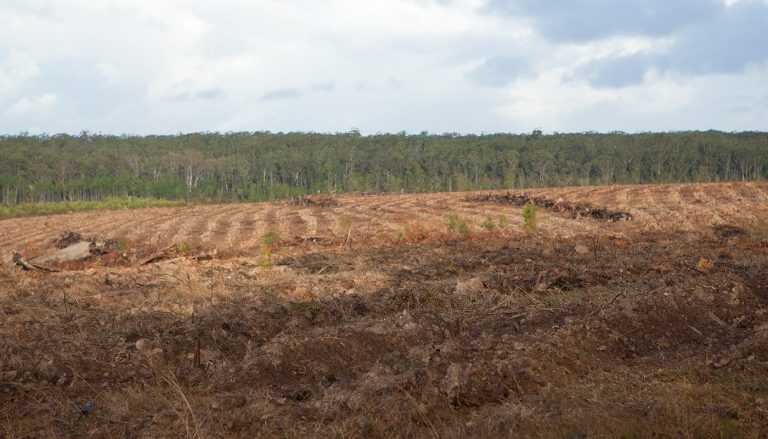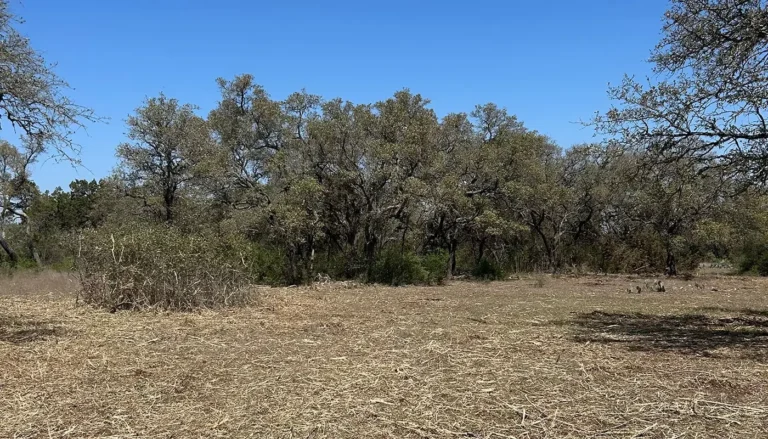Preparing a site is the first step toward building any structure. Site preparation can be easily thought of as simply planning for orienting your building on your plot of land. Maybe you’re constructing your dream home or a cabin and want to be sure the sun rises through the kitchen windows, your main living space overlooks a lake or river, or the main bedroom is on the quietest side near the woods. But preparing a site involves much more than that. The process of designing and constructing a building does not begin immediately – you need to have a plan. Several stages need to be considered in order for you to have the ideal building that fits your project goals. The preparation of the site is an essential step before starting other construction activities. The failure or success of site prep sets the tone for all other on-site construction activities.
The site selection process is one of the most crucial stages. It is the most critical aspect of all the operations required for the successful planning and construction of a building. In the same vein, selecting a site can be challenging for many people, especially those not experienced in site surveys or analyses. The process involves more than simply inspecting the site. You should be able to take note of all the unique features of the site so that you can have a better idea of how to begin your building design and construction. As you begin your planning process, take note of those features and ensure that you utilize them to your advantage. Here are a few things to consider when preparing a site for a building.
Are you already done with the crucial site selection process? Let us help you with the stepping stone to constructing a perfect building by clearing your land. Contact us today!
Things to consider for site prep
Land clearing
Site preparation begins with clearing the site. Every portion of the site has to be leveled and cleared. Clearing land involves removing trees, shrubs, and other vegetation. It is often done to prepare the property for other uses, such as agriculture, urbanization, or construction. Land clearing can be performed using forestry mulchers. It can also be done manually with heavy machinery or with chemicals. Manual clearing is generally more expensive and chemical clearing can have an adverse effect on soil and the surrounding vegetation you want to keep, so forestry mulching is the preferred method whenever possible. If clearing the site is unsuccessful or done improperly, completing the project will also be at risk. Therefore, proper land clearing is a critical step in preparing a site.
Soil testing
Soil testing is essential before planning and designing any construction project. Without knowing the properties of soil, one cannot develop any structure. Soil geotechnical investing is carried out to understand the properties of soil, types of soil, and its load-bearing capacity. The structural designer can then decide whether or not the soil needs to be strengthened. Soil testing reports details like the type of foundation appropriate for the site, slope stability, settlements, related recommendations, liquefaction possibilities, groundwater level, soil bearing capacity, excavation-related hazards, soil strength, soil classification, and more information which are provided in the geotechnical reports. This soil investing offers valuable information about soil properties and its behavior in the future. If the construction site is near an earthquake-prone area, necessary testing and recommendation should be included in the geotechnical report.
Surveying the site
During a survey, a surveyor determines the exact area where structures will be built. Surveying land might not be an option but is primarily a requirement for zoning and permitting processes. Surveying translates the contractor’s set of plans into an actual representation of the project site. A land surveyor will determine the position of pegs on a construction site, which are further complemented with engineering and informational surveys. Further engineering surveys will ensure that the building structure is built in the correct place and according to plan. At the same time, informational surveys help obtain data concerning drainage, topography, and man-made features of the area. Site planning is essential so that all the necessary information is at hand: the location of the building, the location of construction vehicles, the storage areas for supplies, the location of drainage systems, etc. You can now determine where to clear vegetation and rocks with the site laid out.

Ready to tackle your site preparation?
Land clearing is the first step in preparing a site. If you are in need of land clearing services, be sure to contact Lone Star Forestry Mulching. Our team is experienced and knowledgeable in the area of land clearing using cost-effective and environmentally friendly forestry mulchers, and we look forward to helping you get your property ready for other uses. Contact us today to learn more about our services and schedule an on-site estimate




